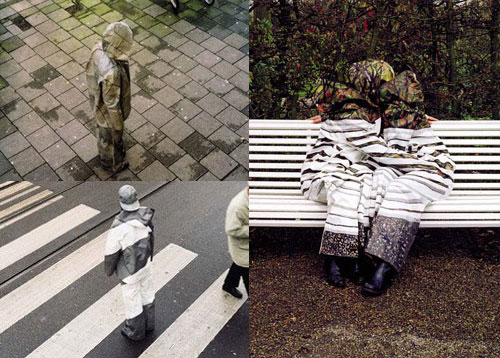(sorry, vislang! the trouble is, we've been all analog so far, and it's easy to keep moving on and forget to document and digitize the process.)
as i said in my
post about peter nero, we're working on posters for the folly theater.
we will be the third year of kcai design juniors to have worked with
the folly theater's jazz series to design for their concerts! which is an awesome, awesome partnership to get to be part of.
we got to take a field trip to the folly and take a tour, standing on a stage that world-renowned performers have walked and danced across off and on for 111 years. as a theatre-arts-lover, the stage felt something like holy to me, to have been so old and so well-seen. it was pretty incredible.
this project started, for us, with the moodboards we made for our artists. these were to help us generate ten ideas/objects/images to combine with rhetoric to create new ideas.
rhetoric. yep, the same rhetoric you think of with the ancient orators of greece. we took a pre-quiz to see what we had already known and through an uncannily lucky series of guesses educated by greco-latinate etymology, i did pretty well. the purpose of this project, at least the early stages of it, is to educate us about how to use the basics of (persuasive) verbal communication for our visual purposes. it makes more sense than it doesn't, honestly, because as ryan said in one of the very first classes, designers are first and foremost communicators. the visual aspect is critical, but supplementary to the fact that it is our sacred duty to take information and convey it, to persuade people to take it in.
the rhetorical tropes we've been looking at for this project are the following:
personification: giving something human attributes.
hyperbole: exaggeration, often of scale, for emphasis.
pun: replacing one thing with another that is visually similar.
antithesis: comparison of two opposites to heighten the differences.
irony: the contrast of unexpected relationships.
metaphor: comparison of two unrelated things to show resemblance.
metonymy: using a simplified idea or image to stand in for a more complex.
synecdoche: part of a thing standing in for the entire thing, or the entire standing in for a part.
allegory: a concrete representation of an abstract concept, usually moral or political.
parody: humorous reinterpretation of recognizable imagery.
we were to build a matrix of sketches, those ten rhetorical tropes on one axis, our ten images along the other.
my ten images were:
tuxedo, piano/piano keys, awards, hands, martini, old cartoons, showmanship/magician, white hair & goatee, top hat, and playing cards.
here are some shots of my matrix:











